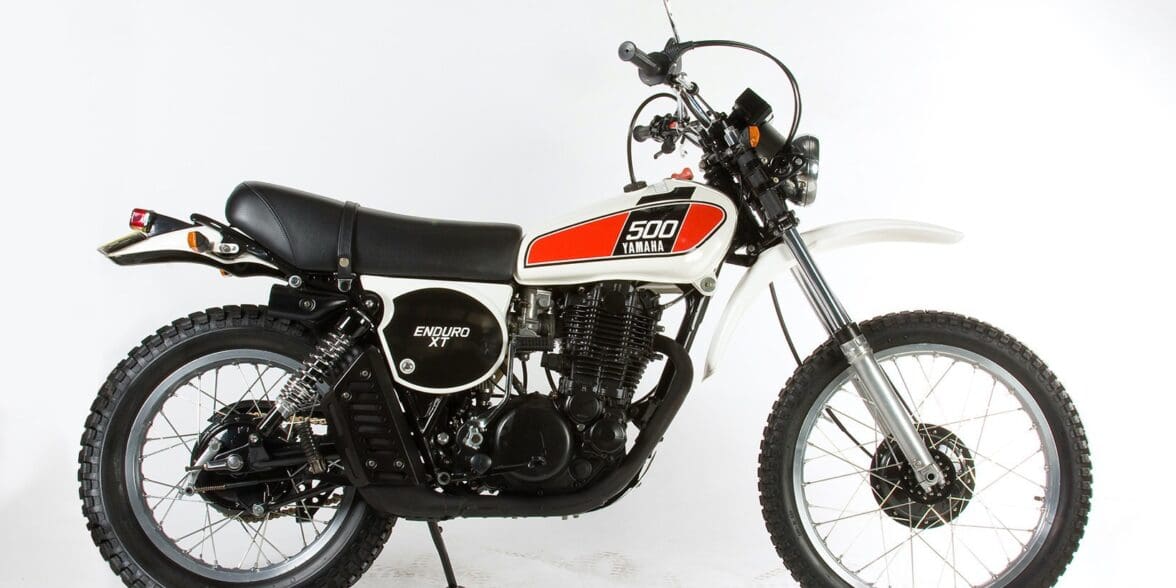It’s all too easy to spend your days surfing the web looking at amazing and priceless old motorcycles with a “coulda, shoulda, woulda” attitude. Yes, that Brough Superior SS100 is now worth a gazillion dollars and you can’t afford it. But you know what? There was a time when they were cheap as chips, too. Like any collectable item you care to name, they are available brand new, then they stop making them because they can’t sell any more and the prices fall. Then—if you’re lucky—the prices slowly start rising again.
So all you have to do as a budding young motorcycle collector is to be able to spot the ones that will increase in value in the future and pick one up right about now, when they are still to be had for reasonable prices. But which bikes should you be looking at, I hear you ask? Well, it just so happens that we’ve racked our brains to come up with the top 5 bikes (in no particular order) that will only become more and more valuable as the years go by. So why not pull out your shopping list and start making some notes?
5. The Yamaha XT500 (1976 to 1981)
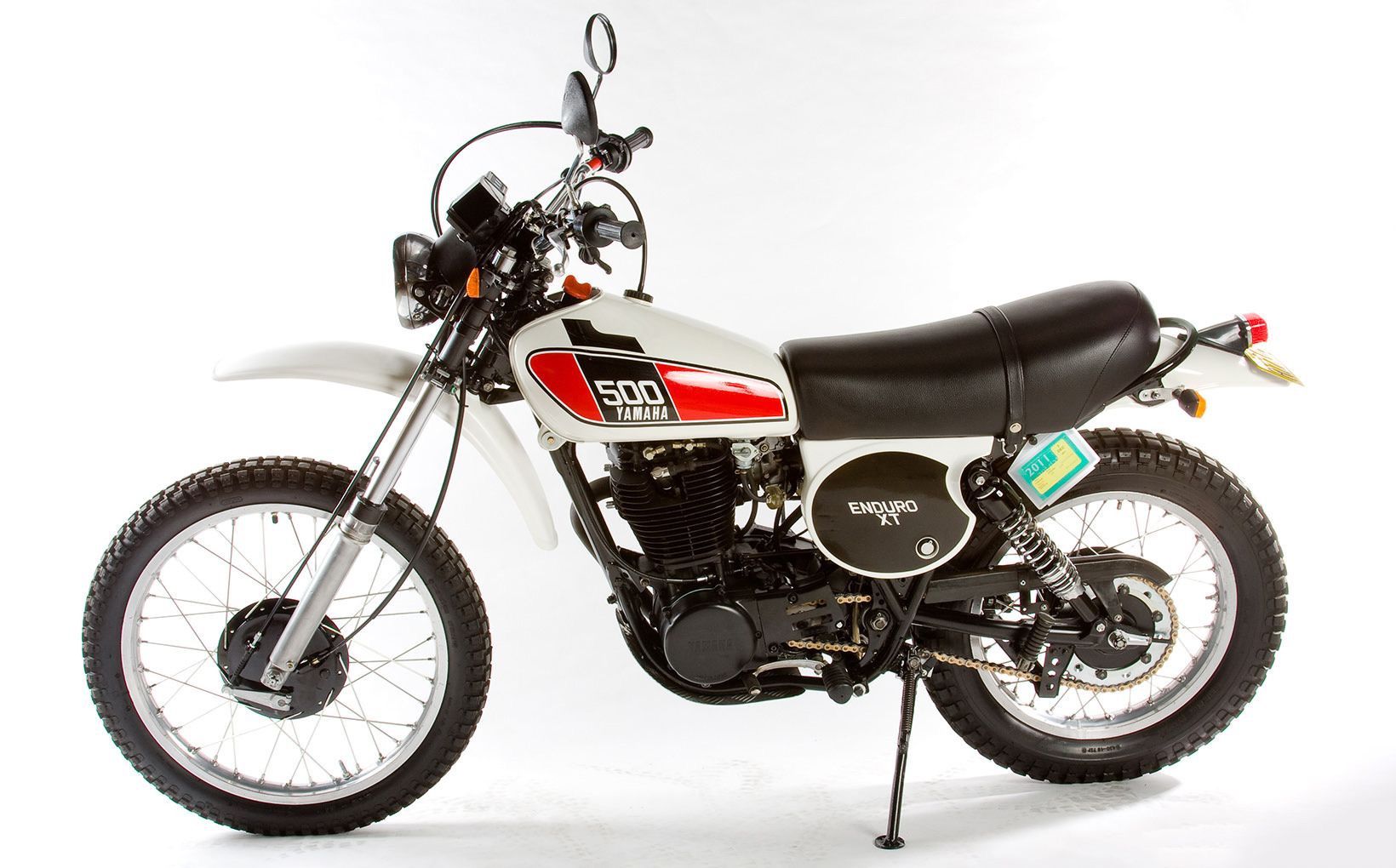
For those not in the know, the Yamaha XT500 was a massive win for Yamaha—in more ways than one. Firstly, it won the first Paris to Dakar races in the late 1970s, showing that Yamaha really knew what they were talking about when it came to off-road bikes. And they achieved this with an engine that was only the company’s second four stroke design.
Not only that, but the engine is largely the same unit that’s in the XT’s sister bike, the Yamaha SR400. And that specific bike was in production until 2021. That’s forty five years of popularity. Go figure.
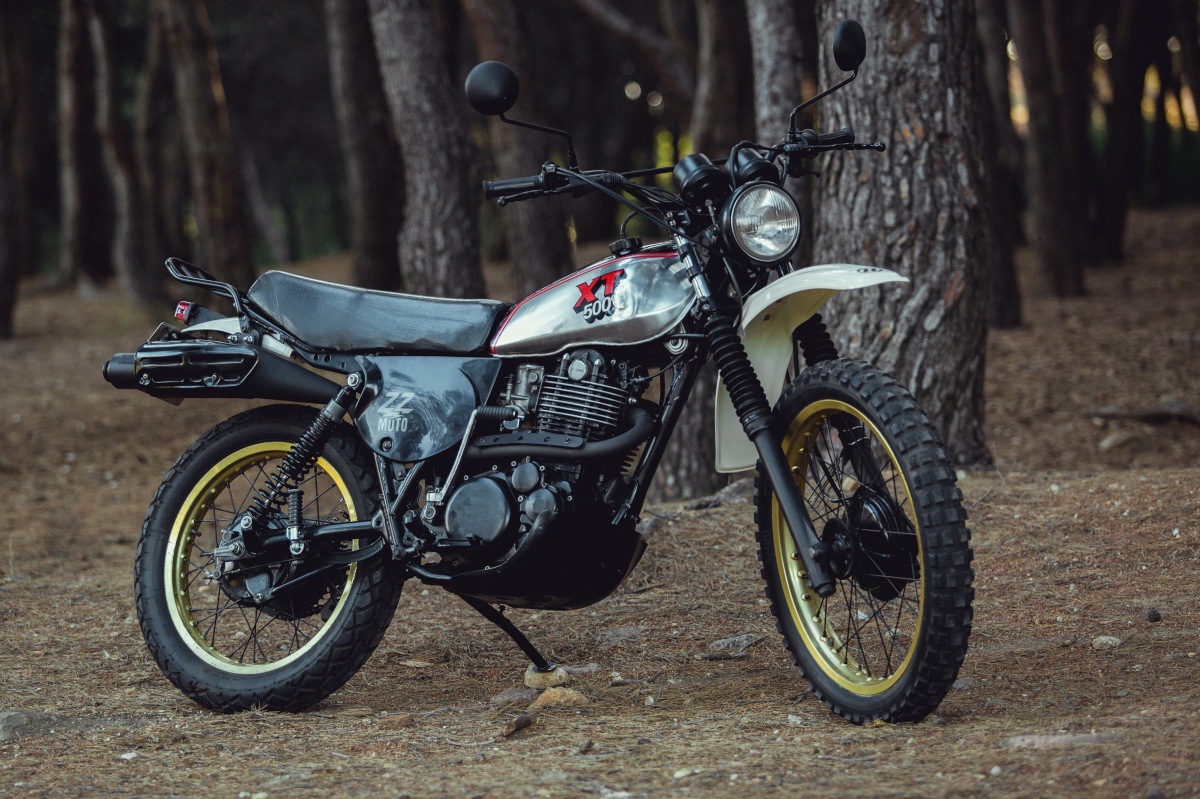
And it’s not only the XTs you’ll be after, there’s another member of the family here that can be equally as rewarding for investment purposes. Alongside the XT, Yamaha also sold the TT500, which was essentially the same bike but without all the road-going doohickies like the headlight, indicators, and rear vision mirrors.
Sure, they aren’t road registerable, but they also have a certain offroad racing vibe that the XT doesn’t. Spare parts are still fairly easy to come by, and they are dead simple to work on. The single cylinder donk gives you 30-something horses and it is silly easy to ride.
The only real caution needed here is that it’s kickstart only, so if you plan on riding it regularly, you’ll need to make sure you have the technique down pat before you go offroad.
4. The BMW R80/7 (1978 to 1994)
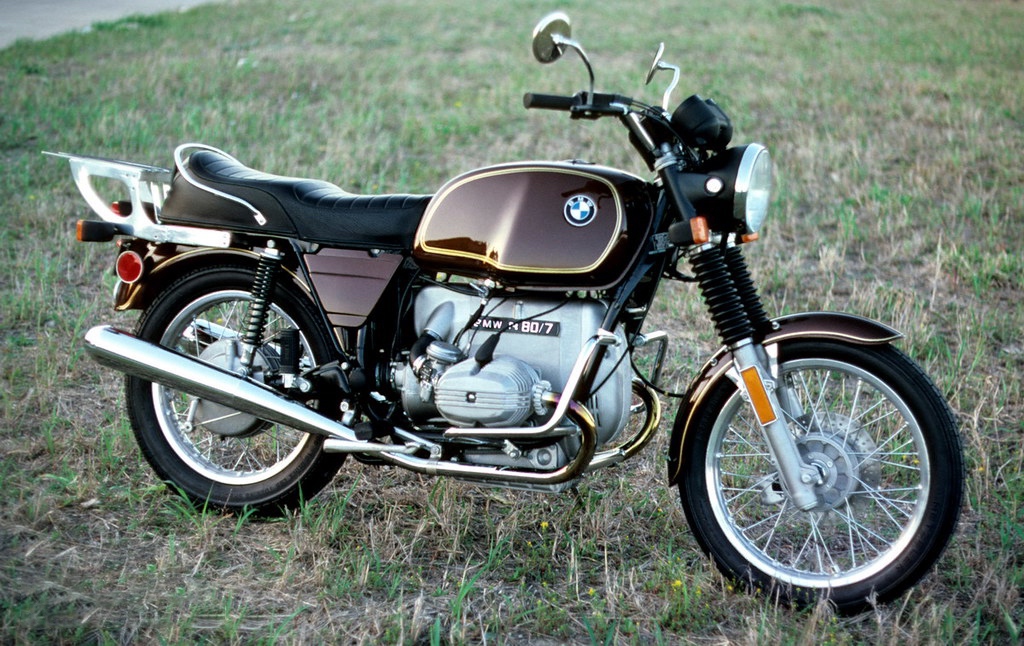
Another classic bike that stood the test of time, BMW’s R80/7 and all of its variations constitute amazing bikes that are old enough to be cool but plentiful and reliable enough to be a very sensible ownership proposition.
Not only that, but the platform BMW developed for the R80 had been under constant improvement since the 1930s, so by the late ’70s and early ’80s, it had fifty damn years of top shelf German engineering prowess behind it. The bike also marks the end of an era, with BMW branching out into various non-boxer engine platforms from here on in.
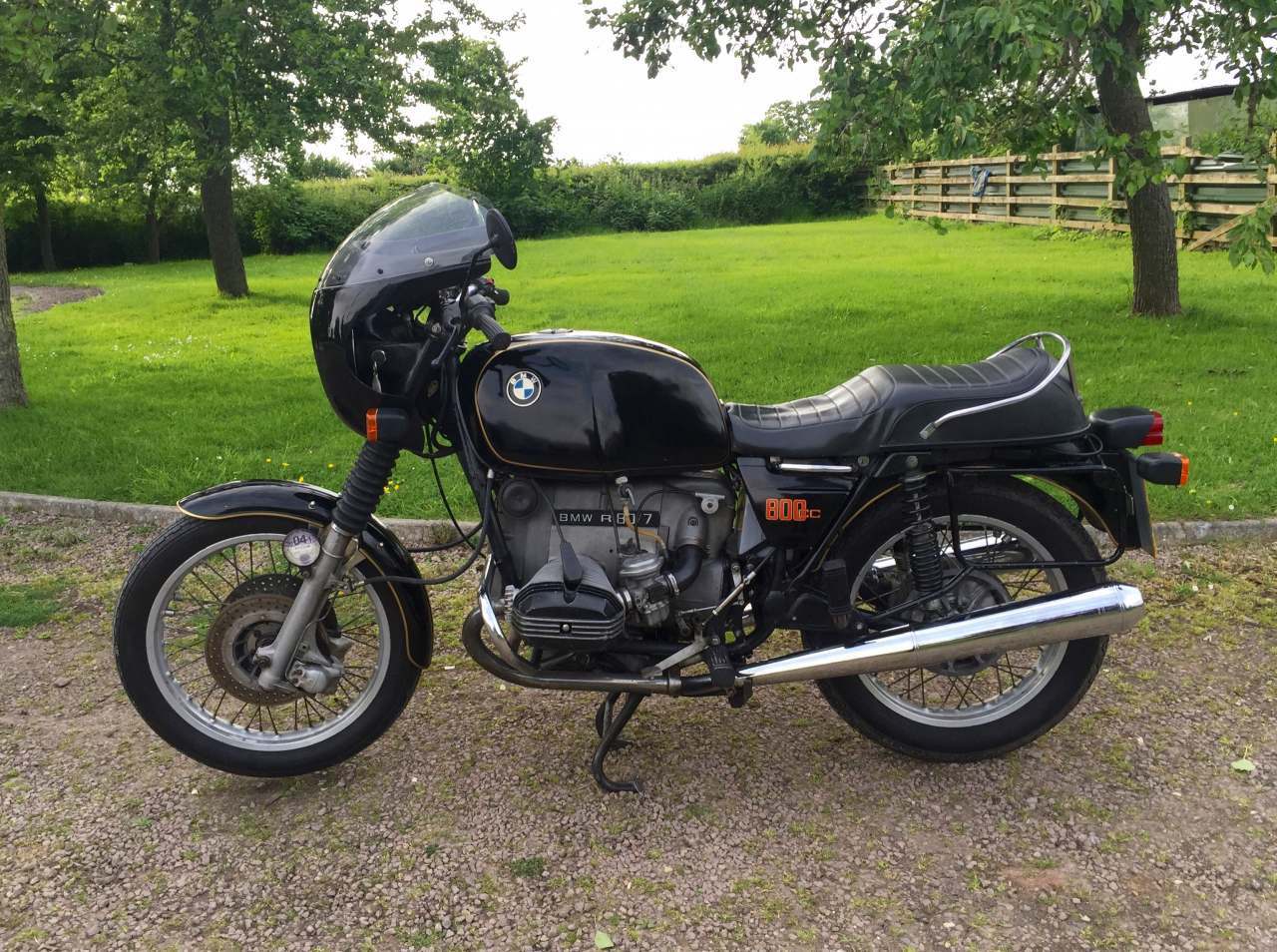
Not only was the R80 a smash hit in its own right; BMW also chose it at the base of their very first off road bike, the (again) Dakar-winning BMW R80 GS. And like a very good omen, those particular red, blue and white classics have really skyrocketed in value over the past few years. So what do you think the R80s are gonna do? Yeah, that’s right.
The boxer engine is a real charismatic gem, the likes of which you don’t really get in new bikes these days—even from BMW. Still entirely air cooled, the 50hp bike has a charming combination of both slick German-ness and a touch of the retro mechanical vibes that all old bikes exude in one form or another. Those keen for more giddy-up should also look at the R100 Beemers such as the RT, RS & S models.
3. The Honda XL600R (1983 to 1987)
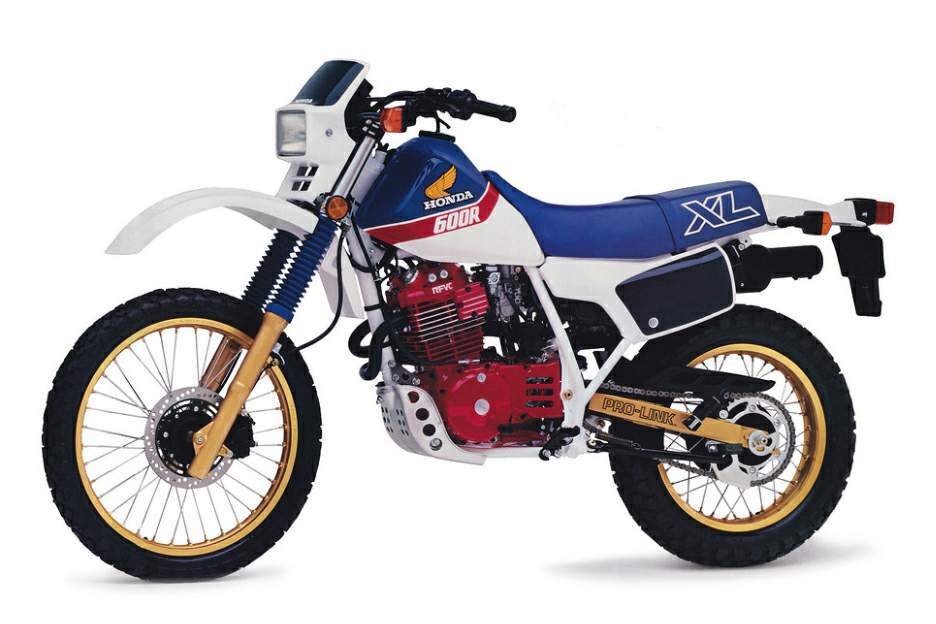
Okay, okay. So I have a Dakar thing going on. But just like my therapist, please hear me out. See, what with authenticity and retro being so hot right now and (thanks to smash hit TV shows like Stranger Things et al) making the ’80s cool again, we are more than a little overdue for a revival of the decade.
We had the 1950s cafe racer thing, the 1960s Steve McQueen thing, and the 70s slacker Harley thing all come back, so you can bet your bottom gasket that these big ’80s bikes will follow suit – just like BMW R80GS and the Cagiva Elefant have already done.
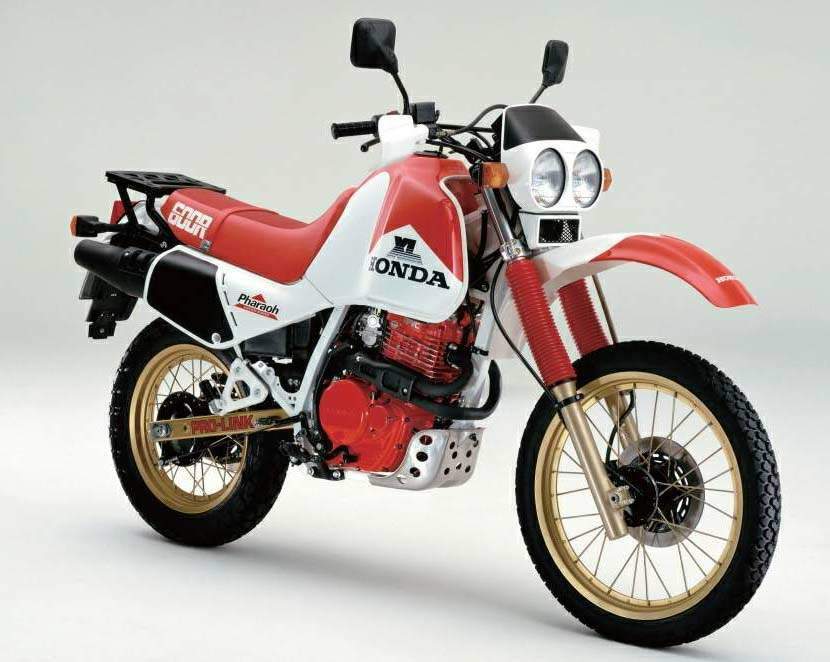
The other obvious occurrence to note is that with Honda’s Elsinores and their legendary 80s CR two-strokes now fetching top dollar, logic dictates that these plastic fantastics will follow suit. And those colours! I guess you’ll either love ‘em or you hate ‘em, but boy they really grab your attention.
With a single pot engine that would go on to power the Honda Dominator, you’ll get about 50 hp out of a properly-tuned one and it’ll only weigh a measly 130kg, so you should have no issues getting the thing to hussle. They were also equipped with Honda’s RFVC (Radial Four Valve Chamber) tech, which means you get two carbs, two exhaust pipes, a hemispherical combustion chamber, and a better-breathing, more powerful bike.
2. The Harley Sportster (1957 to 1983)
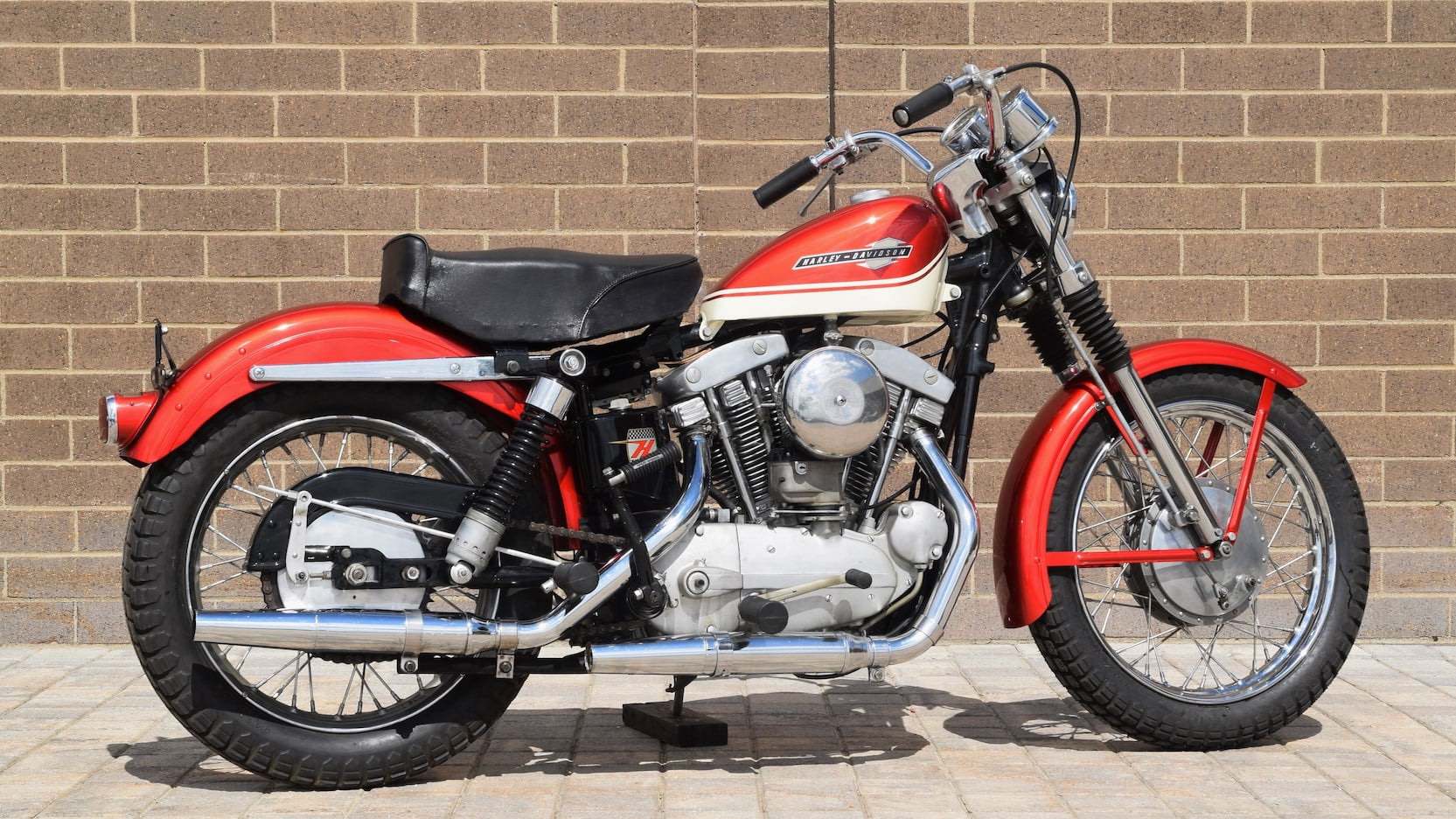
If you’ve had anything like the same experiences as I have, you’ll no doubt be seeing these Harleys still going for a song. A mate of mine got one recently in boxes for AUD $10,000 and a quick scour of my local classifieds reveals one for $15,000 that’s been on there for months and months.
So let’s just stand back and think about this. An original Harley-Davidson motorcycle made in the good ol’ US of A in the 1960s for less than ten grand US? Am I missing something? I think not. Sure, it’s not an Electraglide and they’ll probably be the smaller 883cc engines, but come on now!
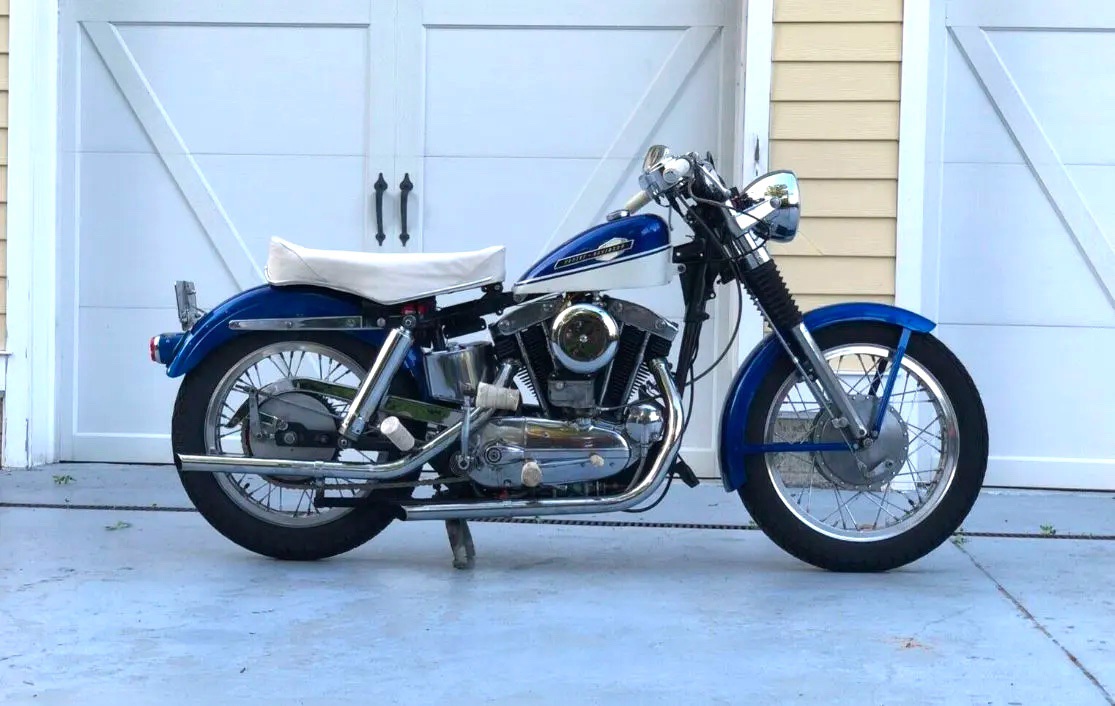
Of course, the bike comes with all the caveats that any Harley to this day has; they are as agricultural AF and they really, really love to shake themselves to pieces, but what other brand or model of proper, honest-to-goodness motorcycling history would be available for the price of a budget family holiday and be a genuine 1950s-designed American classic?
With all post ‘67 models having an electric start, it’s also the perfect yin-and-yang partner for anyone (like me) who likes the convenience and reliability of having a modern bike in their garage. Yes, a more modern ride may never let you down—but why not complement it with something that lets you get hands-on, is undeniably cool, and that is only going to increase in price in the future?
1. The Yamaha RD350 (1973 to 1975)
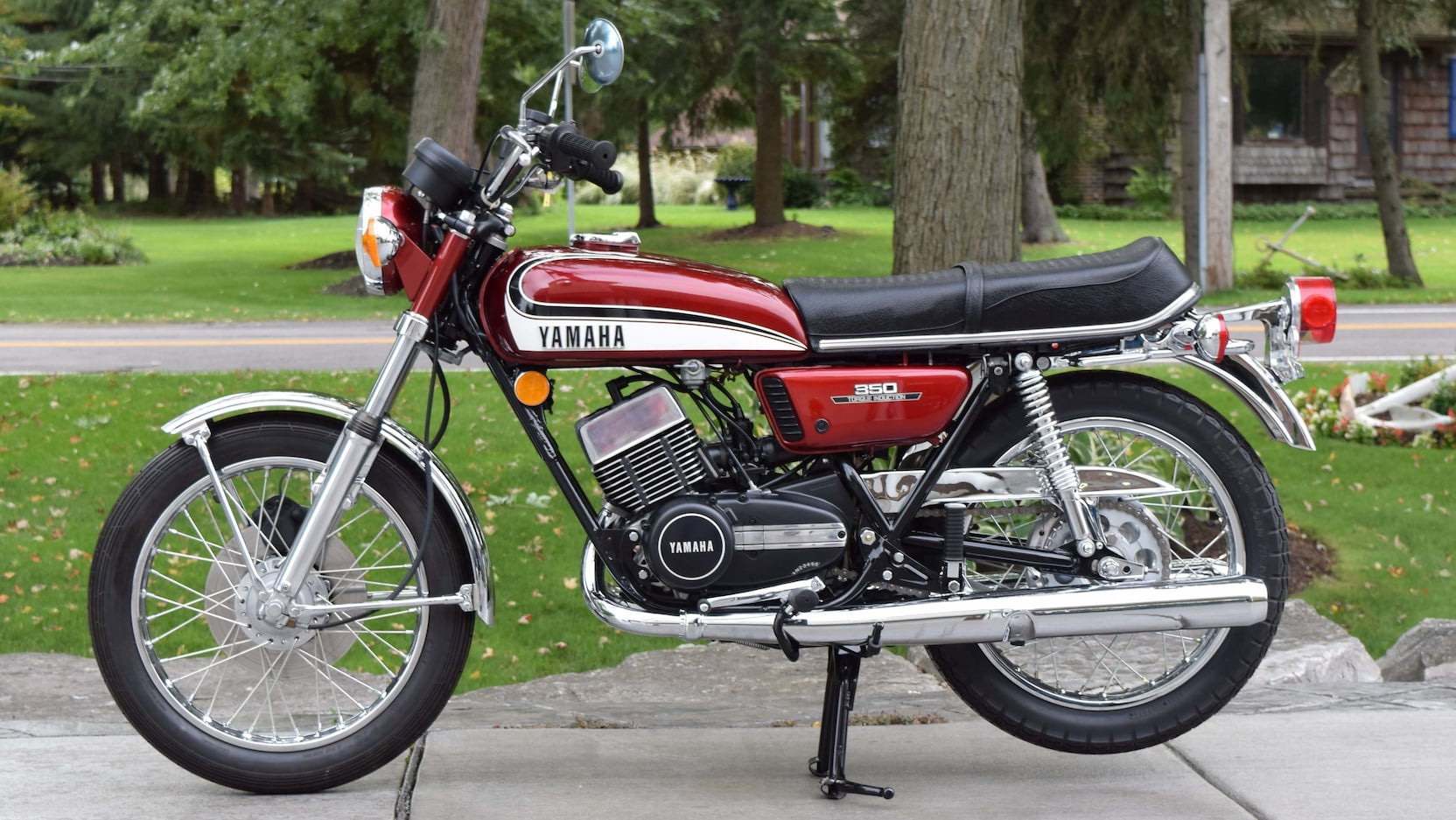
Of course there’s a two-stroke on the list. While they might seem like politically incorrect anachronisms in this day and age, it’s important to remember that in many ways, two-stroke power kept the moto industry alive for a large chunk of the 20th Century. Hell, MotoGP was two-strokes all the way up until 2003.
And few manufacturers had as much love for the two-stroke than Yamaha. They have some true classics in their historical lineup; need I mention the RD 250 LC, RD 350 LC, and the legendary YZ 360 motorcrosser? What a curriculum vitae! Yet here lies a classic Yamaha that’s still on offer for more than reasonable prices and it’ll blow your socks off with its turn of speed to boot.
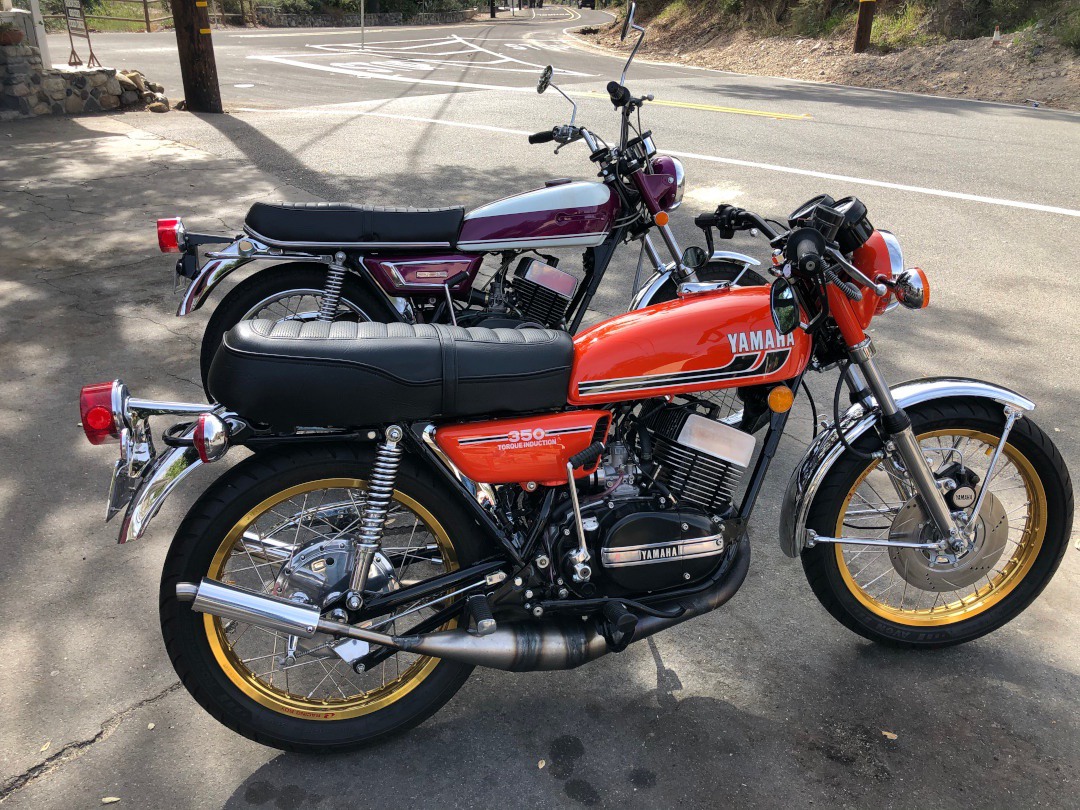
Now it’s a well-known fact that two-strokes need a bit more love and attention than their four-stroke brethren, but by the same token they’ll outpace any similar-capacity non-smoker bike of the same era (or even newer) easy as look at you. And as you can see from the image above, they’ll also look, sound, and go even better than stock with a few racing mods added.
Besides, have you ever heard a Yamaha two-stroker at full tilt with a racing exhaust? And that smell! Should you favor something a little more modern, there’s always the bike’s younger, liquid-cooled siblings (aka the LC models mentioned above).
But be warned, these bikes were a smash hit with boy racers when they were released, and things have never really let up since then. But on that topic, here is a VERY hot tip. Motorcycles that teens drool over often boom in price when those same teens reach their 40s and 50s; an age where many people are comfortable enough to start buying those toys that they were never able to get their hands on way back when. So it stands to reason that the 80s bikes mentioned here should be coming on song right about now. You can thank me later, when you’ve got a bit of cash.


